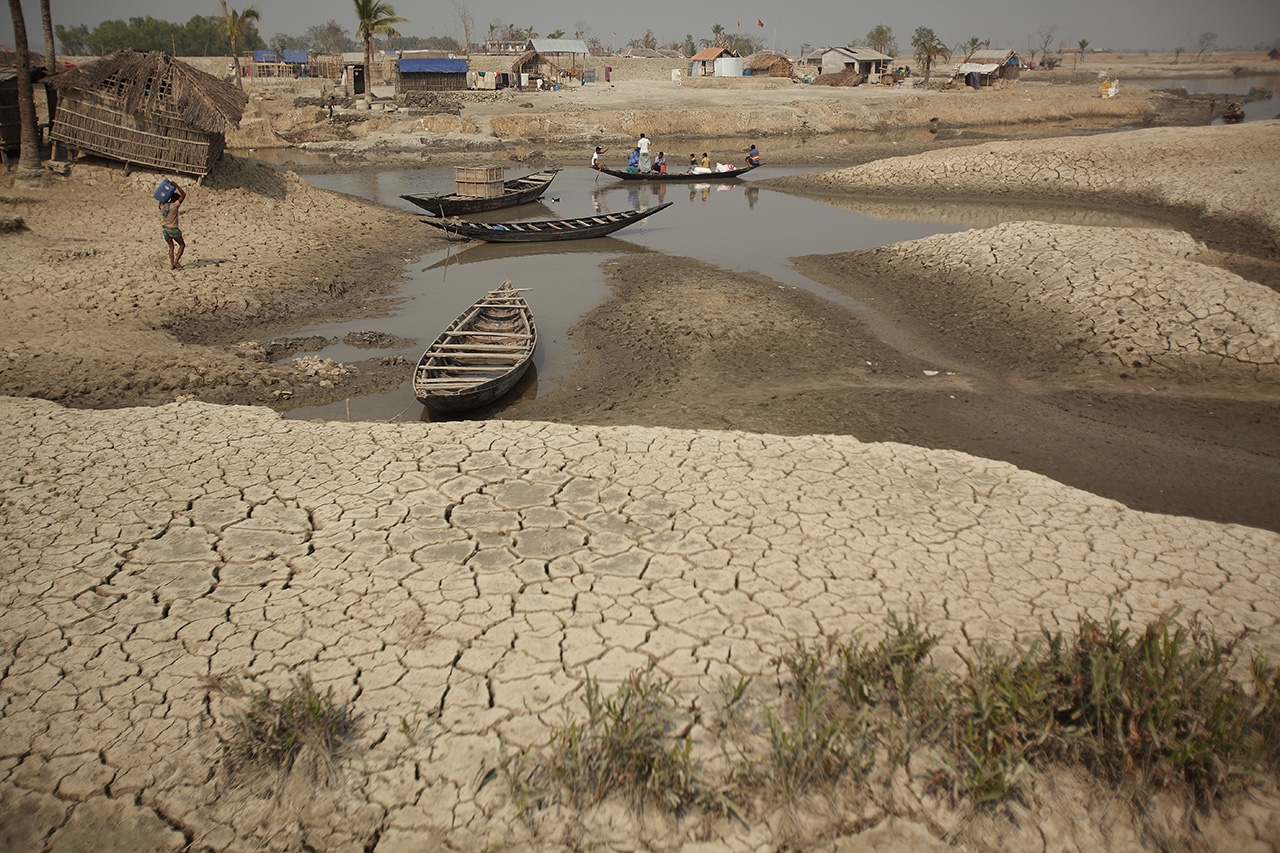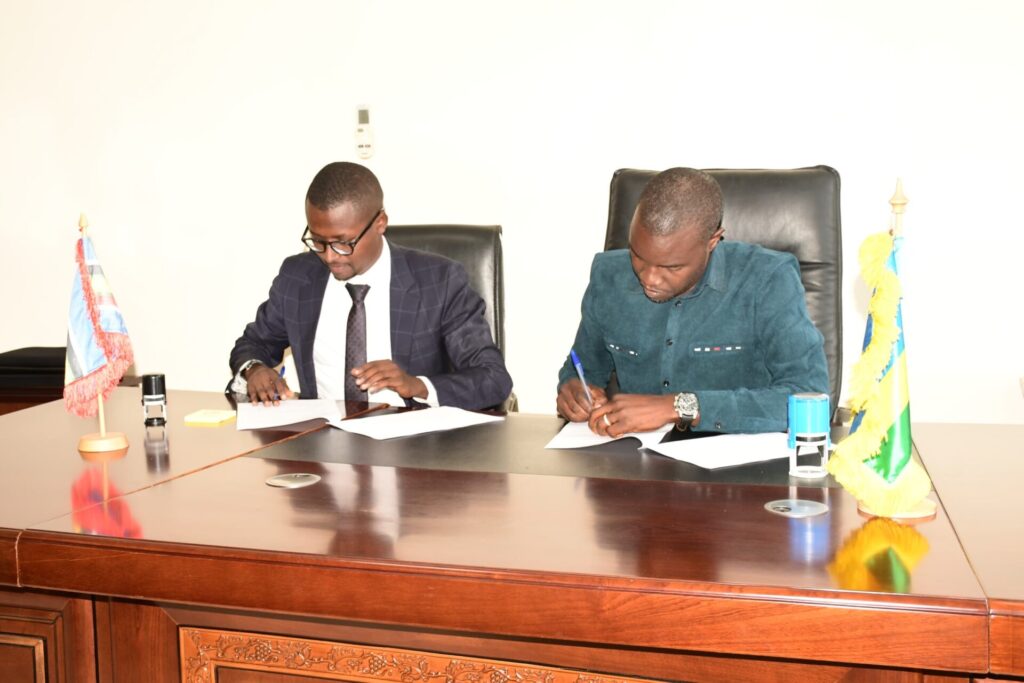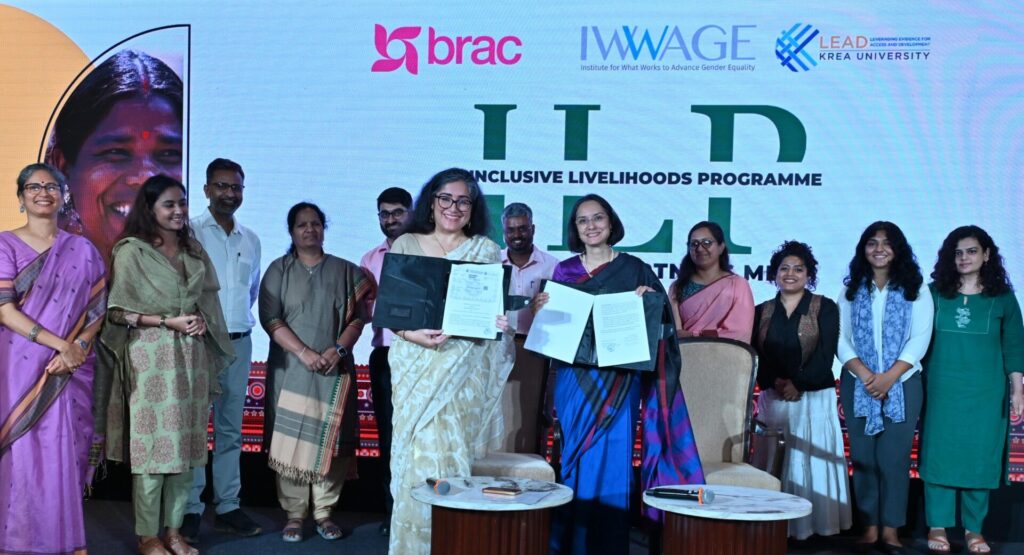This blog post was originally published on the Good Feed on May 19, 2024.
Hundreds of people died across Asia in April and May 2024 as the region sweltered under blistering temperatures. It was so hot that schools had to be closed for millions of children in Bangladesh, along with in the Philippines, the Indian state of Tripura and South Sudan. Selina Parvin, a secondary teacher at a BRAC-run school in northern Bangladesh, told the BBC “the air is too hot to breathe.”
BRAC convened a webinar on May 7 to discuss the multi-faceted impacts of extreme heat, how it is being fuelled by climate change, and what we need to do to respond.
Some of the key insights from the discussion included: Extreme heat disproportionately affects vulnerable populations, including women in poverty, older people, children, and outdoor workers such as farmers and rickshaw pullers. Globally, heat stress is now widening the income gap between female-headed and male-headed households by 37 billion USD a year.
When we talk to people affected by climate change in South Asia, said Shweta Banerjee, Country Lead for India at BRAC, their point of entry into this conversation is not emissions. Their point of entry is loss of working hours. It’s livelihoods.
In a rapid survey at the beginning of May, BRAC found that people across four common professions in urban Bangladesh – rickshaw pullers, electric rickshaw drivers, street vendors and mobile street vendors – were unable to work their usual hours because of the heat. Pedal-powered rickshaw pullers were the worst affected, forced to work an average of two hours less per day, resulting in a 22% loss in income.
Sifa Ara Ananna, Programme Organiser for BRAC’s Climate Change programme at BRAC, works with farmers in southern Bangladesh, which has seen some of the most extreme temperatures in the country. She shared that farmers have been working at night to avoid the loss of daytime working hours, but smallholder farmers are disproportionately affected because they are unable to afford to buy generators to run lights.
By 2030, 80 million people globally are predicted to lose their jobs because of heat stress. Female-headed households and households in poverty will bear the greatest loss of income. Chanda, a participant in Bihar Government’s inclusive livelihood programme, said it was so hot for so long last year that her egg vending business didn’t earn a profit for two months – her eggs kept going rotten before she could sell them.
Those most vulnerable to climate shocks cannot afford to lose work. In India, for every degree above 25°C, household productivity decreases by 2 percent. This means reduced income for home-based enterprises, which women in poverty are more likely to work in. Garmi itni badh gayi ki ghar pe bhi kam nahi ho pata – ‘it became too hot for me to work even at home’, is commonly heard.
Extreme weather is decimating farming in West and Southern Africa, triggering crop shortfalls and rising commodity prices. While Kenya and other parts of East Africa have recently seen severe flooding, prior to that there were five consecutive failed rainy seasons, which has had severe implications on food security, livelihoods, and ability to build resilience.
“With these events becoming more frequent, people don’t have time to recover – they experience one event after another,” said Victor Oyo Orindi, Head of Climate Change for BRAC in Kenya. “We need to look at the situation in its totality, including the impacts of climate change, extreme poverty, and related sources of vulnerability.”
A point raised across all countries was how the people most affected also know how to adapt – but their methods are less well known, and consequently less invested in. Theresia Urassa, a BRAC frontline staff member in Tanzania, shared how older women in communities have a wealth of knowledge connected to water harvesting. Water harvesting and food preservation aren’t new adaptations — they’ve been doing these for decades – but the knowledge and experience passed down can be incorporated into more formal adaptation efforts.
The unit of where you start is very important. “Developing a national-level plan and expecting it to work at the community level is a mistake. We have to start at the community level, feeding into the city level, eventually coming up to the national level,” said Banerjee. “Empowering communities at the forefront of this crisis is the only way we can adapt.”
Adaptation plans have to anticipate climate migrants who will be forced into cities, which is already happening across South Asia.
Though we cannot anticipate and predict every extreme weather event at a national level, if community collectives and institutions are prepared, the solutions will find ownership, Banerjee added.
Insights can be drawn from the town of Mongla in southern Bangladesh, which is being designed as a climate-resilient, migrant-friendly city by a coalition of organisations, including BRAC.
We also need to be adaptive and build the resilience of the people being displaced and at risk of being displaced, as well as those whose livelihoods are at risk, said Dr Golam Rabbani, Head of Secretariat for the Climate Bridge Fund in Bangladesh.
Orindi shared that we need clearer plans and implementation on climate adaptation to ensure adequate resources are provided to those most affected, and we need them to be better informed by climate data.
We have proven solutions, and communities are ready to adapt, but increased funding is needed – and it needs to be designed so that it actually gets to the people who need it the most. Countries like Bangladesh are receiving as little as 3% of the funding they need to adapt and as little as 10% is reaching the intended, most affected communities. Approximately 6% is being directed at locally-led solutions.
Preparing for a hotter future will require, on one hand, to do development differently – to look at the multidimensional causes and effects and look at how vulnerabilities intersect – and invest in holistic approaches. At the same time, it will require funders to pay much greater attention to how communities have been coping for generations, and to place that knowledge at the centre of planning.





